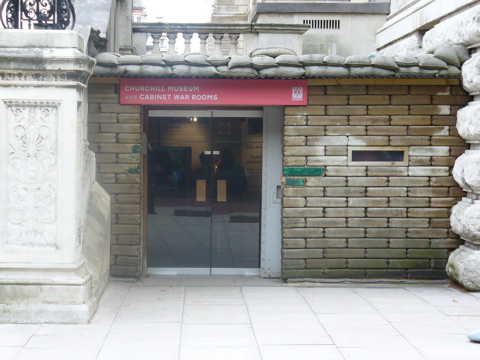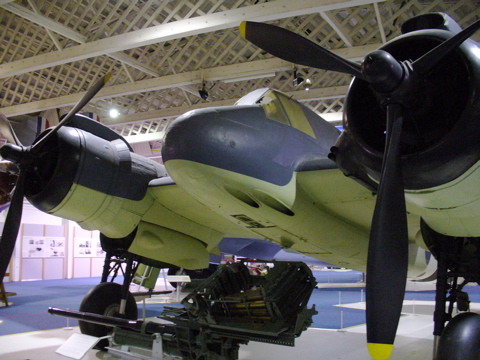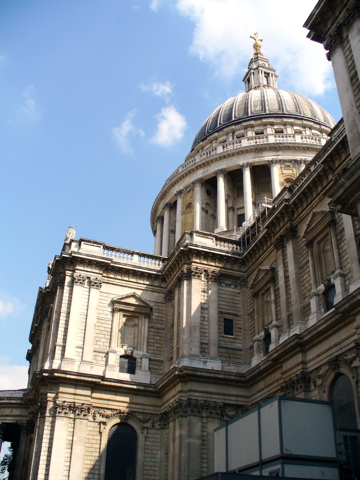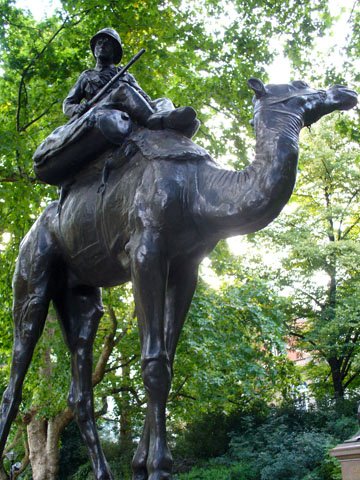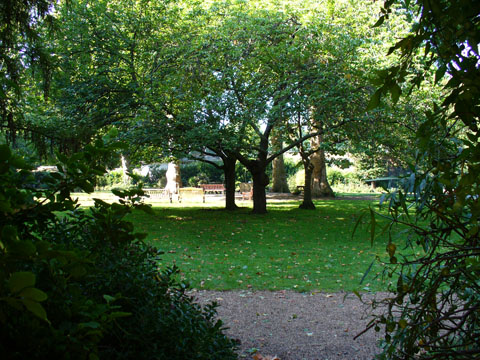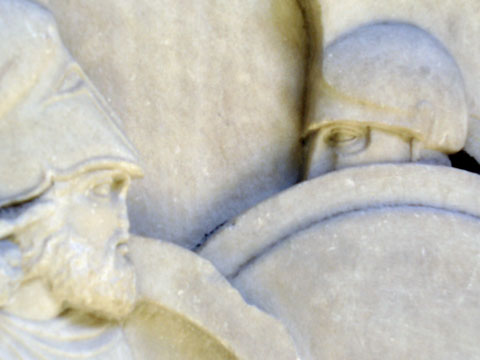Newark-on-Trent
After six weeks in the UK, I finally got to see somewhere other than London when I attended a conference at RAF Cranwell in Lincolnshire. To get to Cranwell, I took a GNER train from King’s Cross to Newark in Nottinghamshire, where a RAF courtesy bus took me the rest of the 20km or so […]



